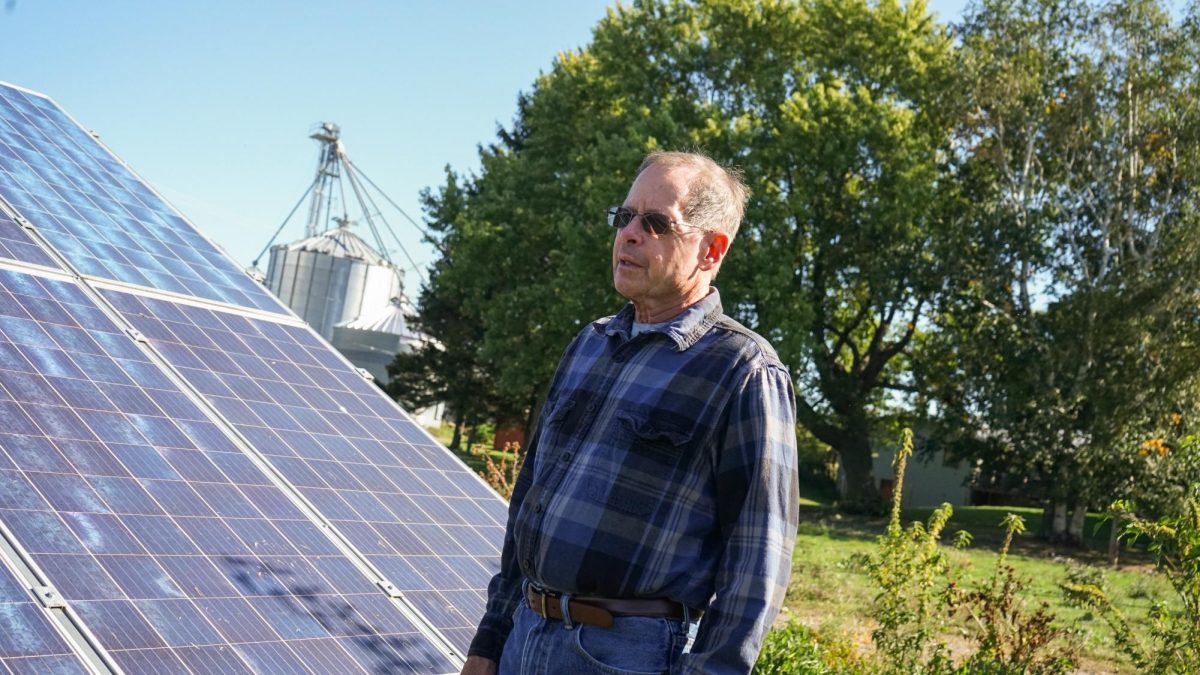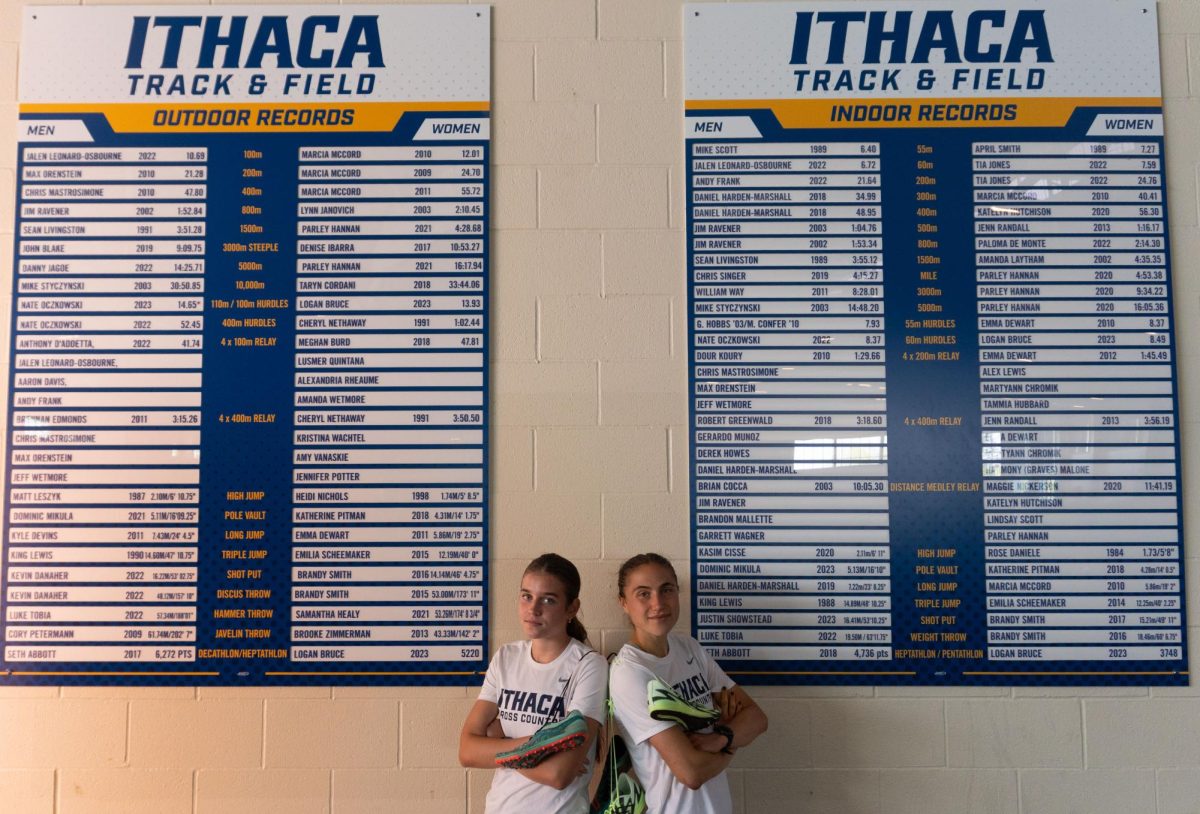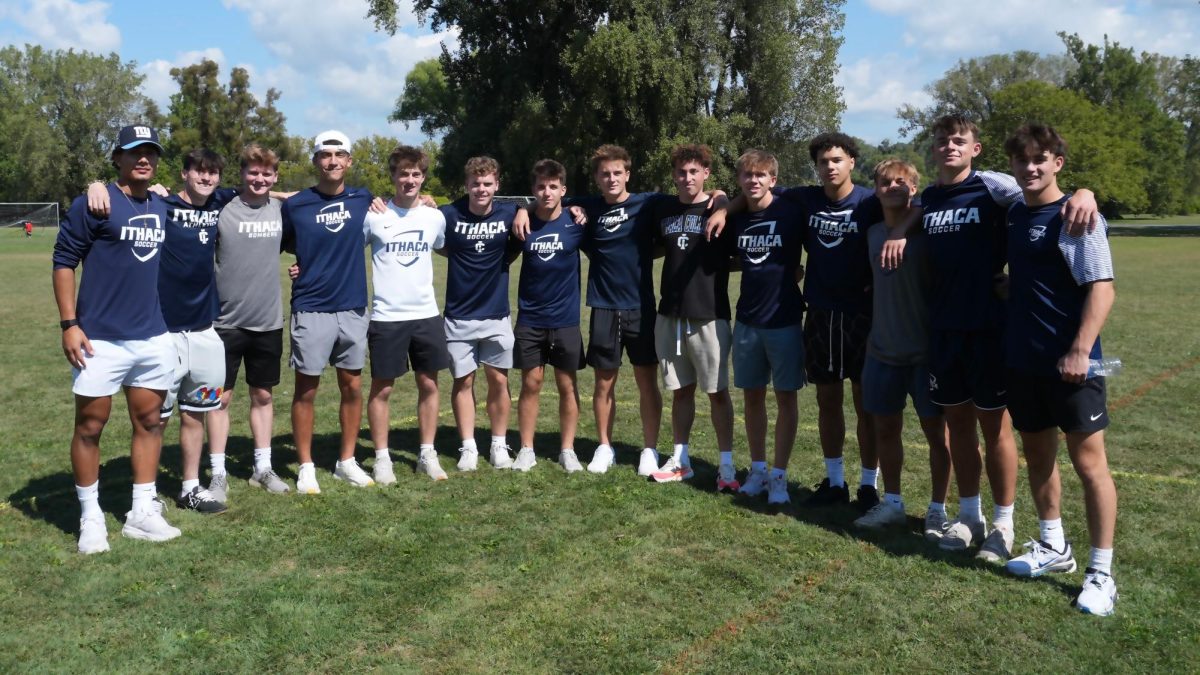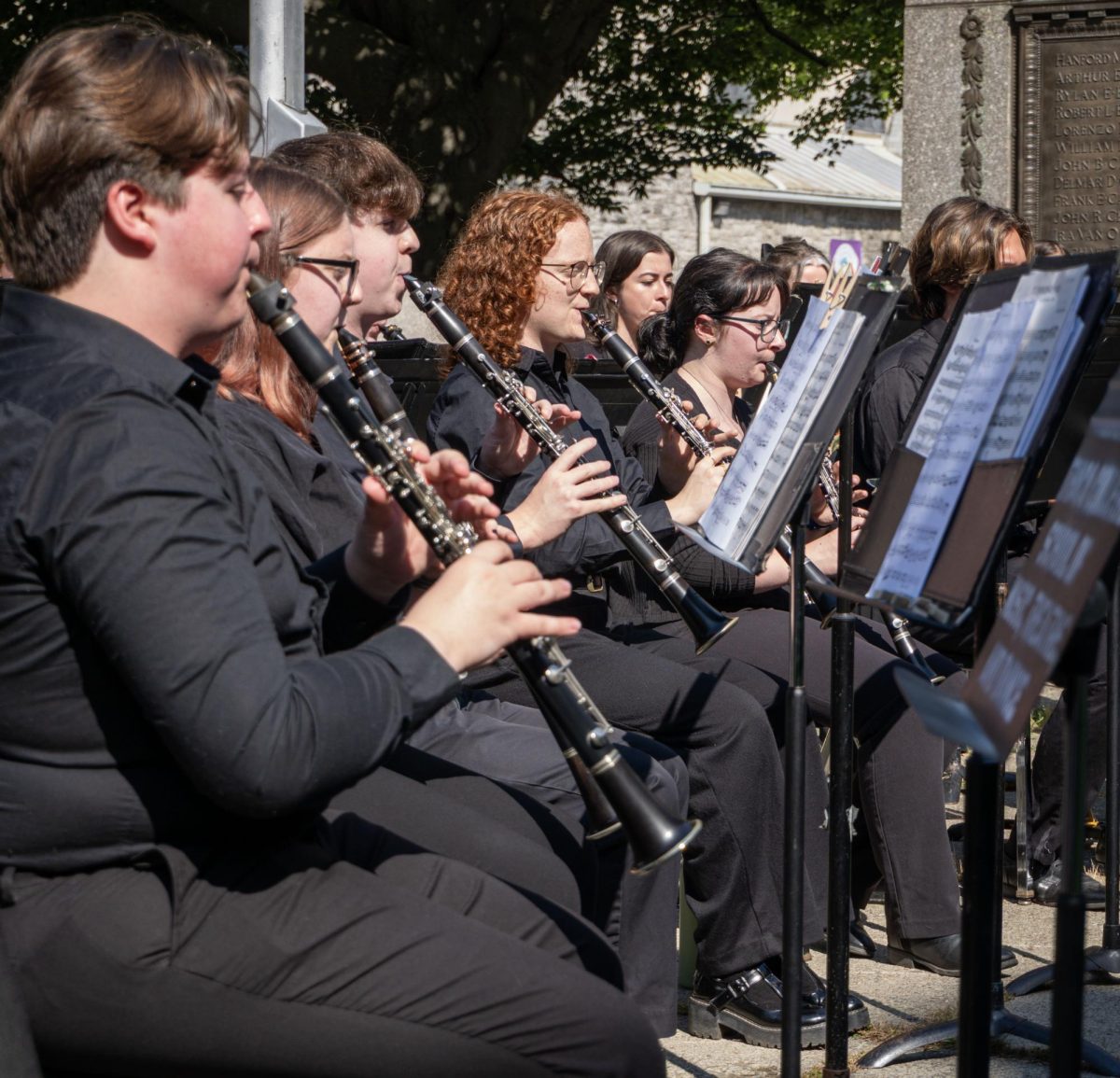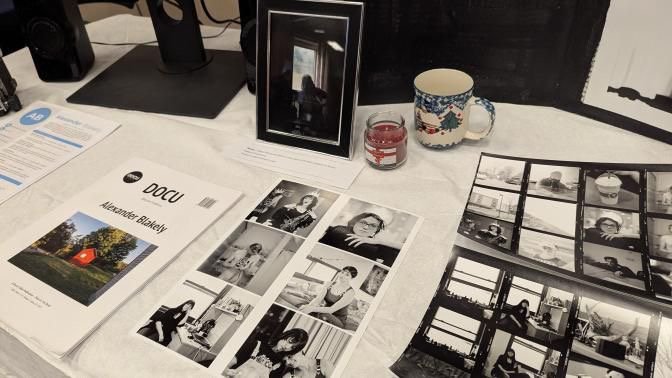In Tompkins County, a place known for its progressive values and close-knit community, many disabled residents still struggle with something fundamental: getting from point A to point B.
While public transit options like TCAT and Gadabout offer accessible services, many rural residents or those with complex needs still face limited access or long wait times. Experts say the key issues are funding and staffing.
Wheels on the ground
Marjorie Z. Olds realized just how fundamental transportation is when a loved one suffered a stroke in 2020, leading to cognitive impairment, partial paralysis and the use of a manual wheelchair.
“Having transport where you can ride in the wheelchair is more significant than people know,” Olds said.
Unable to safely transfer her loved one in and out of her own car, Olds came to rely on Gadabout, the county’s nonprofit paratransit provider. The service became their lifeline — not just for accessing medical care, but also for preserving her family member’s independence, routine and joy.
“They kept our lives going, no matter where our loved one was,” she said. “Most people, once they have something as life changing as a stroke or a heart attack or develop Parkinson’s, they’re just isolated. So, they lose that social element and the good times — going to parks, joining in on family occasions, going to restaurants. It compounds the loss.”
Gadabout, she said, made those things possible again. Still, even with the service’s vital support, the system has limitations.
Accessible, but not equal
Tompkins County offers affordable and accessible transportation on paper. All TCAT buses are equipped with ramps, and the system contracts with Gadabout to provide ADA paratransit service, a specialized, door-to-door transport service for people unable to ride the fixed-route transit system because of a disability. This service extends to individuals within three-quarters of a mile of a fixed bus route. The cost is $2 to $3 per trip.
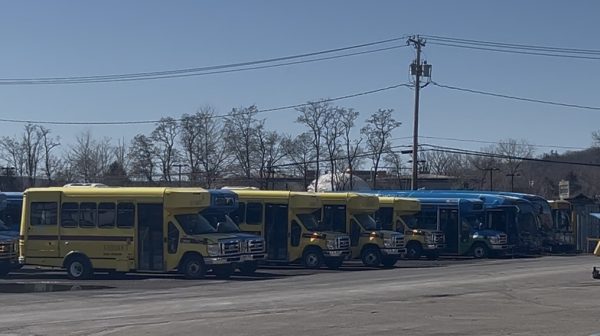
“Even though the [TCAT] buses all have a lift or a ramp, there may be times when [ADA-eligible individuals] can’t get to the bus stop,” said Jenn Jennings, ADA paratransit coordinator at TCAT.
“Even if they have a power wheelchair, they might not be able to reach it because there’s no sidewalk, or there’s snow and ice,” she added.
Gadabout, a nonprofit organization operating since the 1970s, provides coordinated paratransit service and transportation for disabled residents or individuals over 55. While it’s only required to serve within the ADA boundary, both Jennings and Kristin Wells, executive director of Gadabout, said their teams go the extra mile, to bring riders anywhere within the county when possible.
But that flexibility doesn’t eliminate the challenges. Paratransit is only required to operate during TCAT’s active hours, leaving gaps on weekends, early mornings and late evenings.
Wells said Gadabout averages 300 one-way trips a day. The organization once relied on volunteers, but the requirement for CDL-certified drivers has transformed Gadabout into a fully staffed operation. Demand, she said, has exceeded supply.
Wells believes community outreach could help close the gap.
“Anyone working with this community could obtain a CDL and help, maybe coordinating activity transportation, like taking a group to a sports game,” she said.
Stranded by the system
Briggs Seekins, director of employment and vocational services at Challenge Workforce Solutions, sees the impact firsthand.
Gadabout’s paratransit service has a wide window for pick-up time, according to TCAT. “Pick-up times will be within one hour of requested time. You should be ready to be picked up at least fifteen minutes before that time.”
Wells said the one-hour window includes ride time. She said the wait time helps the agency serve more people. However, it creates issues for those who rely on consistent transportation.
“It’s not a great model,” Seekins said. “The people we work with are usually part-time workers, and now they’re waiting an hour on both ends of a shift.” He added that delays often cause tardiness to jobs or medical appointments. “And some of them are vulnerable, waiting outside alone for long periods.”
At the root of the problem is a systemic funding and staffing shortage. Seekins said the number of meetings and brainstorming sessions in Ithaca is impressive, but implementation rarely follows.
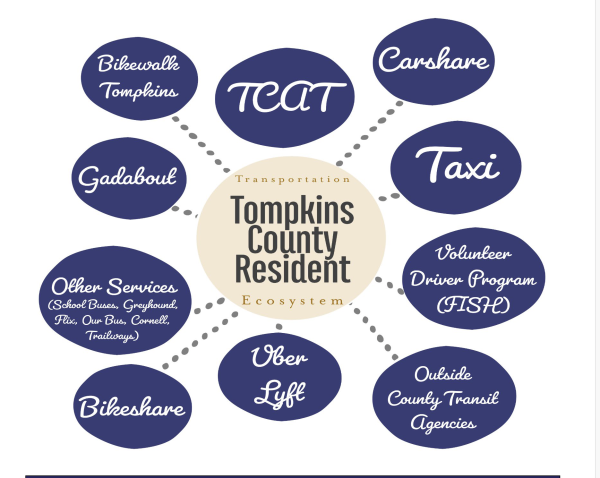
“If Kristen Wells had twice as much funding, each driver would drive half of the clients they drive,” Olds said. She explained that a 9 a.m. class or appointment could require a 7 a.m. pickup to accommodate as many passengers as possible, often turning the day into a long one for the individual.
Seekins added that while New York State Governor Kathy Hochul has been more supportive of social services than her predecessor, there is never enough money to help everyone.
“It’s not a creativity issue — it’s a funding issue,” he said. “We don’t have enough drivers. And $24 an hour doesn’t go far in Ithaca.”
RJ Isley, a former Way2Go transportation educator and current accessibility advocate, said the challenge isn’t just about vehicle access; it’s about how communities are designed. Isley reflected on a trip to Washington, D.C., where everything, they said, was accessible by default.
Isley added that many people don’t understand the urgency of access until they face it themselves.
“Even the most able-bodied person is only one bad day away from being permanently disabled,” Isley said. “A lot of folks get very locked into their own routine and don’t realize that that routine could be disrupted in a heartbeat. And that’s scary. Yes, you can easily get up and down those three flights of stairs. That’s not everybody’s truth.”
Looking Forward
Tompkins County is working to improve transportation access through new programs, federal funding and tech tools that are designed to make services easier to navigate.
Frank Doldo, the county’s chief transportation officer, is leading the Mobility Vision Plan, which includes two key initiatives: First Mile/Last Mile and Rides to Recovery.
First Mile/Last Mile is an initiative to help individuals living in rural communities access transportation since they may be more than a mile from the nearest bus stop. This program, along with Rides to Recovery, aims to connect residents, especially in rural areas, to essential services like jobs, health care, housing, recreation and education.
“These are social determinants of health,” Doldo said. “If people can’t access them, their health suffers.”
The county has applied for $250,000 in rural transit grants from the federal government to help launch both initiatives. If approved, the county will release requests for proposals (RFPs) so local transportation providers can apply to operate the services.

In the meantime, Tompkins County is turning to technology to simplify access. On April 17, the Tompkins Transportation Scout app will officially launch. The app consolidates all available transportation options, including TCAT, Gadabout, bike and car shares, and potential Medicaid ride services, into one easy-to-use platform.
“If you’re trying to get to a medical trip, or you’re really overwhelmed…the last thing you’re going to want to do is try and understand all of this information and do all of this Googling to try and find these resources,” said Courtney Horner, a transportation planner for the county. “Hopefully, by putting this all in one space, people can find it really easily.”
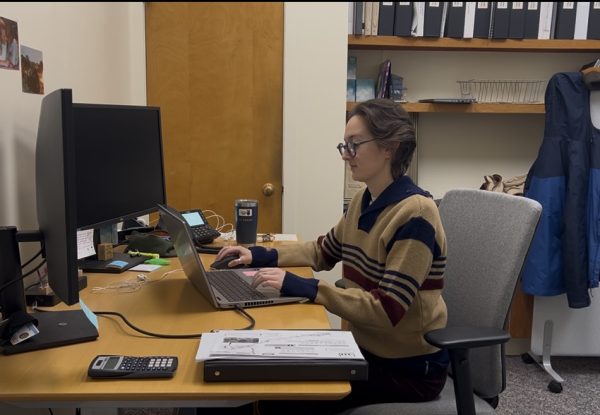
The county is working to consolidate and expand options. The plans include a one-call/one-click phone system through 211 and expanded travel training via GOIthaca. These efforts all work to reduce confusion and connect residents, including those with disabilities, to the places and services they rely on.
Olds feels immense gratitude and appreciation for the service despite the system’s shortcomings, something she doesn’t want anyone to overlook.
“The thing with Gadabout is people in this county take it for granted that everywhere you go, there’s a Gadabout,” she said. “And the reality is, nowhere else is there a Gadabout. If you go to any of the counties in upstate New York, anywhere in the region, there’s no service like it.”
Her gratitude also extends to the staff, including Wells, who she says shows up each day knowing how critical her work is. In Wells’ office, a quote from Gadabout’s founder is pinned to the wall: “All the human services in the world are useless if people can’t get to them.”
“The measurement of a good society is not the best things that the richest people can access,” Olds said. “It’s what we offer to people that are most in need of support.”

